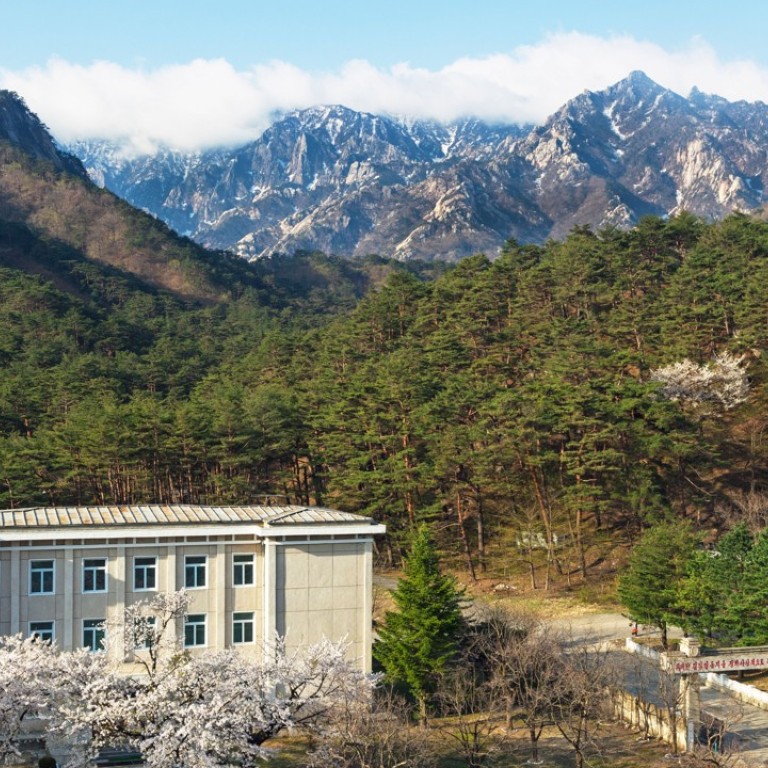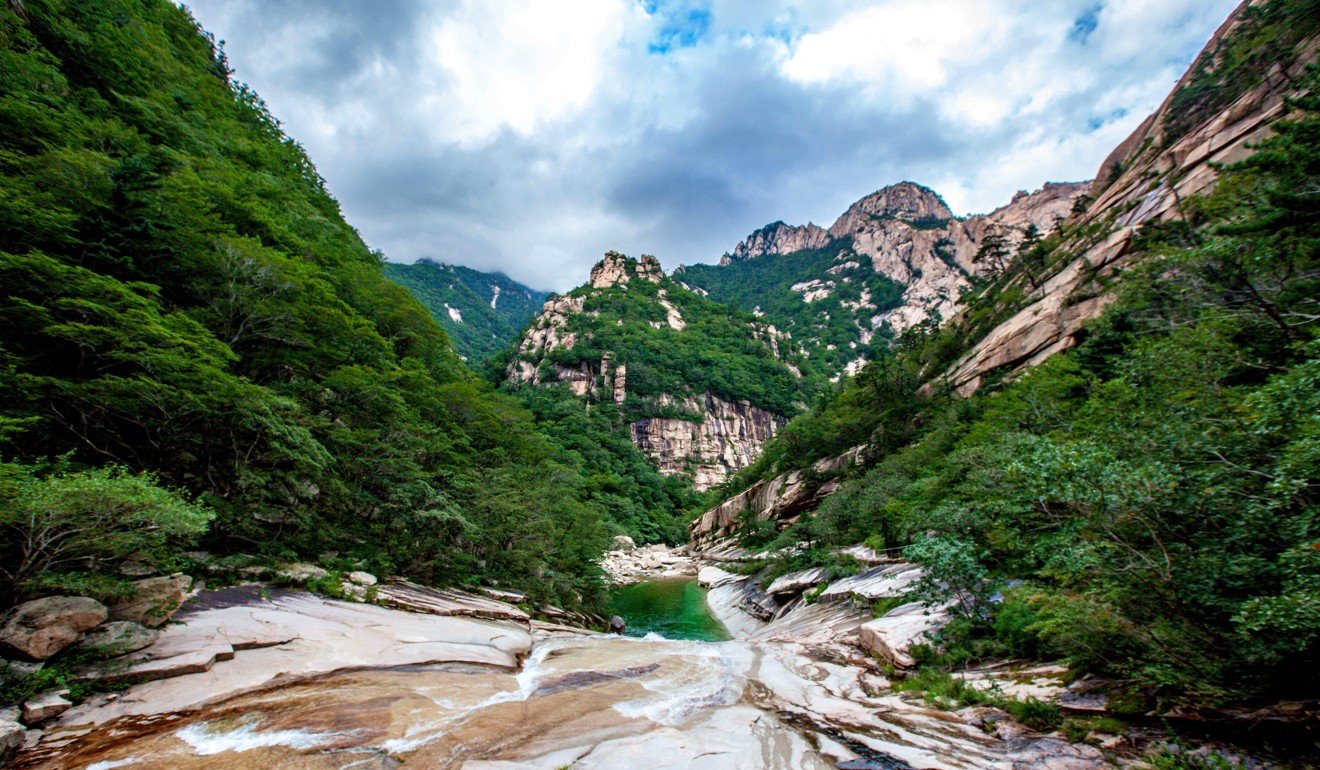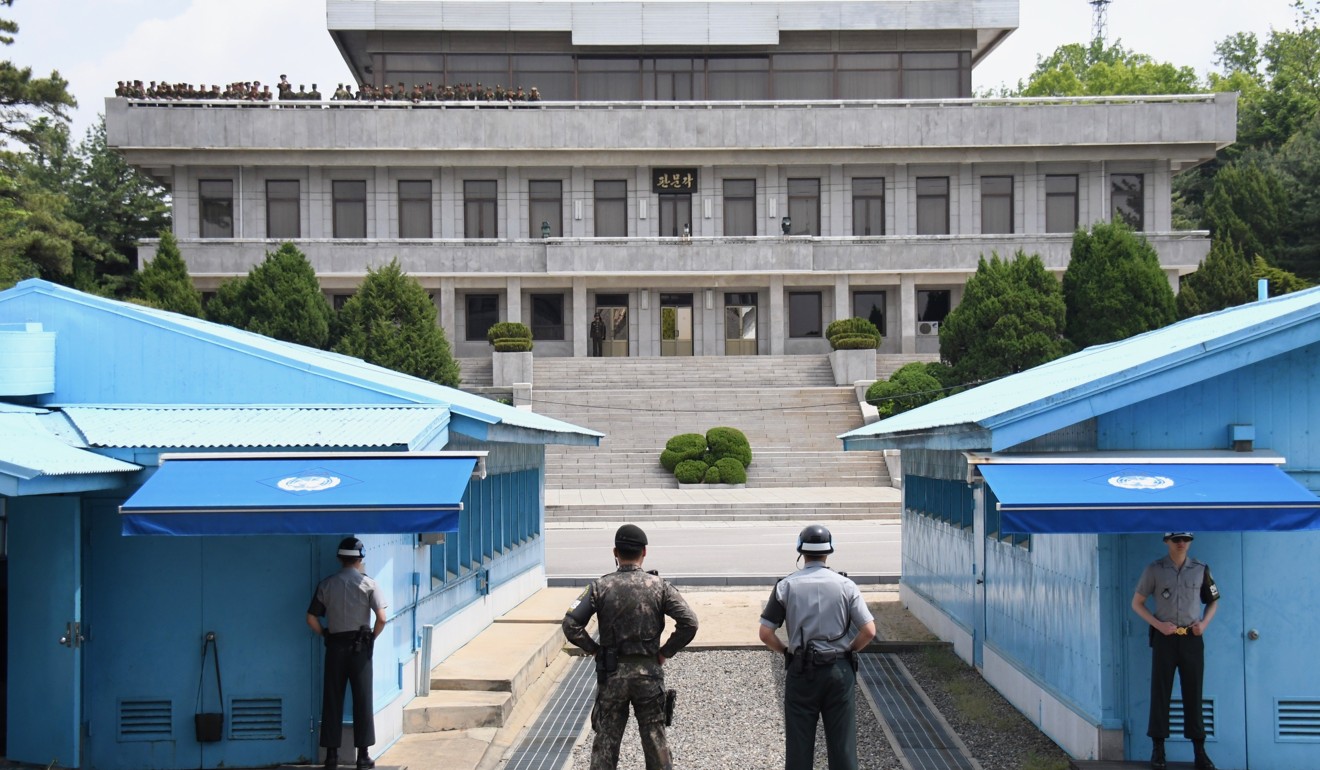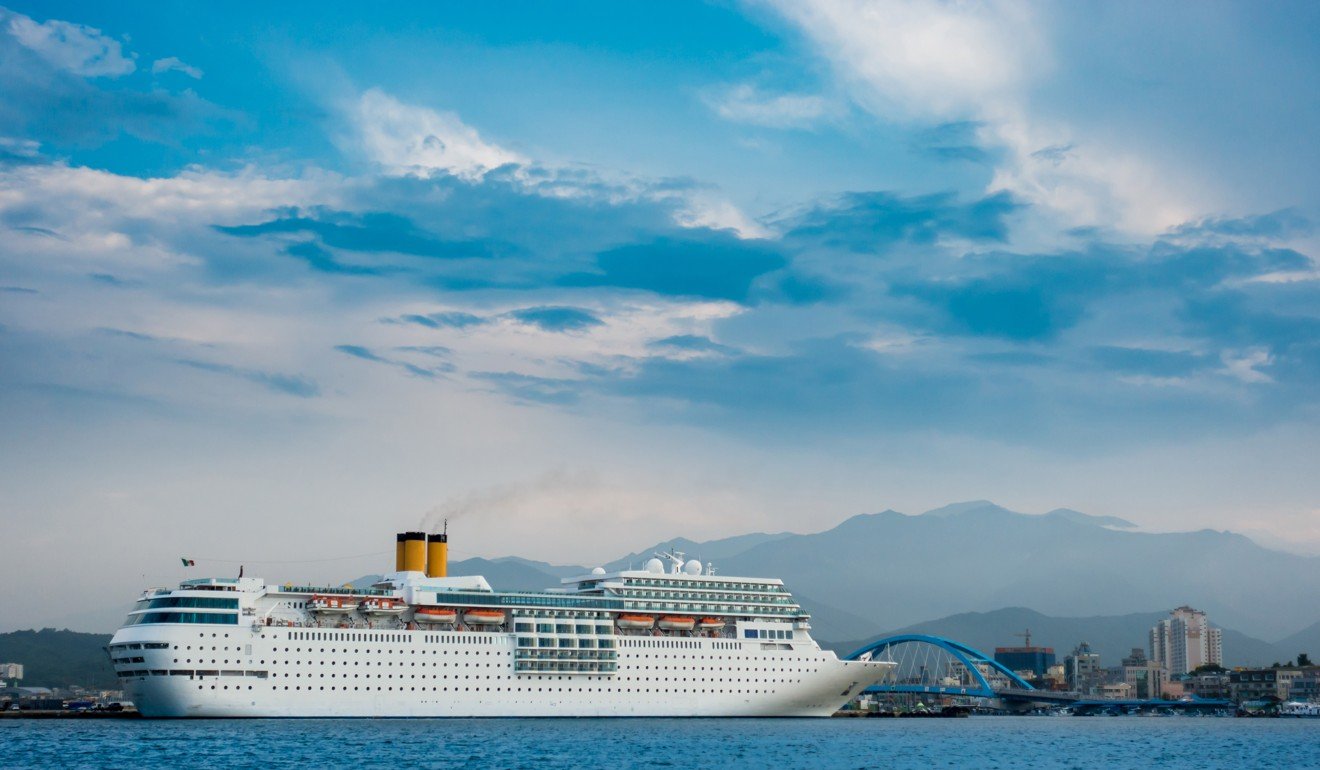
North Korean holidays may become easier and cheaper. Here are four must-see destinations
- Visit the beautiful peaks of Mount Kumgang and the industrial complex of Kaesong
- The demilitarised zone on the border may become an ecological preserve
It has been quite a year for the two Koreas. After nothing but threats and bluster, North Korea’s Kim Jong-un did a U-turn, deciding to give peace a chance (or so it seems).
Several summits filled with handshakes, hand-holding and hugs between North and South Korean leaders have followed, along with a flood of joint measures, declarations and trust building processes.
North Korea’s grand plan to become the ‘next Singapore’
This is good news for travellers. Currently, a trip to the Democratic People’s Republic of Korea (DPRK) must be arranged through a tour company. Packages offered by companies like Koryo Tours or the Hong Kong-based Anytours do not come much cheaper than US$1,020 for four days, although Chinese pay about half as much. US citizens are barred from going altogether, at least until August 2019, due to a travel ban by the US State Department.
With the improved mood on the Korean peninsula, though, a number of new travel possibilities could emerge. Here are four destinations that would definitely be worth a visit.


Mount Kumgang
“I wish I’d been born in Korea so that I could see Mount Kumgang,” the 11th-century Chinese poet Su Shi is supposed to have said. Thanks to the current political thaw, it may soon become possible again for South Koreans and other nationals to make the 35km (22 mile) hop across the border to see and hike this natural wonderland.
A favourite subject of landscape painters over the centuries, Mount Kumgang is not one but thousands of peaks, many as sharp as cathedral spires.
We hike South Korea’s 71km Ultra Baugil trail in Gangneung
This area along the east coast was opened for cross-border tourism by Hyundai Asan – an offshoot of South Korean conglomerate Hyundai Group – during a warming in Korean relations that started in the late 1990s. It was closed in 2008. In its heyday, the resort offered a stately hotel, a hot spring bathing area, and nightly circus performances by the Pyongyang Moranbong Acrobatic Troupe.
Seizing the moment, Hyundai Group chairwoman Hyun Jeong-eun is currently trying to arrange a visit to Mount Kumgang to mark the 20th anniversary of the resort’s founding, as reported by Yonhap News. This may well lead to progress towards getting it reopened.

The DMZ
For years, tours run by the United Service Organisations took visitors tantalisingly close to the dividing line that splits the Korean peninsula. Before the end of the year, if all goes well, those who venture into the Joint Security Area, in the Truce Village of Panmunjom, will be able to go a little bit further.
South Korea’s defence ministry stated on October 17 that there are plans to allow tourists to step over the low concrete barrier that has separated the opposing forces for 65 years, just like the leaders Moon Jae-in and Kim Jong-un did in April.
Meanwhile, various efforts are underway to demilitarise the demilitarised zone (DMZ) – famously called by Bill Clinton “the scariest place on Earth”. Landmines are being cleared, and Moon Jae-in has spoken of turning the DMZ into an ecological preserve.

Parts of the Kaesong Industrial Complex have been reopening of late, and this bodes well for fans of historical destinations.
A factory zone just north of Seoul that married North Korean labour with South Korean know-how, the industrial complex was closed in 2016.
DMZ eco-tourism initiatives have South Koreans ready to reforest North Korea
Meanwhile, the tour programme run there by Hyundai Asan lasted just a year, keeling over in December 2008. If the complex resumes operations, though, the tours may too.
Kaesong was one of the capitals of the Goryeo Dynasty, founded exactly 1,100 years ago. As such, Kaesong boasts a cluster of Unesco World Heritage properties, including royal tombs, the site of Manwoldae Palace, and the remains of a stargazing tower.
Until Kaesong becomes accessible from Seoul again, most will have to content themselves with peering at it from afar at South Korea’s Dora Observatory.

A Korean cruise
Can north east Asia become a cruise destination on par with the Caribbean? Lotte Tour CEO Harry Baek has floated the idea in recent months of creating cruise ship routes that include the North Korean port Wonsan, on the east coast, and Nampo, west of the capital city of Pyongyang, provided that ties keep improving.
Is this the most peaceful Unesco World Heritage Site you can visit?
Such voyages could possibly take in Chinese destinations like Dalian and Qingdao, South Korea’s Jeju Island, parts of Japan, and the Russian port Vladivostok.
Adding potential to such a scheme is the opening of a cruise ship terminal in Sokcho, South Korea, about a year ago, and the planned unveiling of the country’s biggest cruise terminal in Incheon in April 2019.
Meanwhile, train enthusiasts can look forward to the possibility of the world’s longest railway journey – an eight-and-a-half-day joyride from Moscow to Pyongyang – being extended further south. This is if the rail lines of North and South Korea are connected by the year’s end in line with an agreement made at the latest summit between Kim and Moon.

